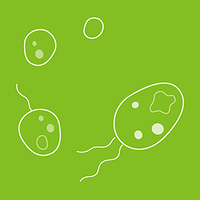Modern ideas about the role of epigenetic systems in the regulation of gene expression allow us to understand the mechanisms of vital activities in plants, such as genomic imprinting. It is important that genomic imprinting is known first and foremost for the endosperm, which not only provides an embryo with necessary nutrients, but also plays a special biological role in the formation of seeds and fruits. Available data on genomic imprinting in the endosperm have been obtained only for the triploid endosperm in model plants, which develops after double fertilization in aPolygonum-type embryo sac, the most common type among angiosperms. Here we provide a brief overview of a wide diversity of embryo sacs and endosperm types and ploidy levels, as well as their distribution in the angiosperm families, positioned according to the Angiosperm Phylogeny Group IV (APG IV) phylogenetic classification. Addition of the new, non-model taxa to study gene imprinting in seed development will extend our knowledge about the epigenetic mechanisms underlying angiosperm fertility.

Endosperm of Angiosperms and Genomic Imprinting
Review badges
3 pre-pub reviews
0 post-pub reviews

